Rising Demand for Enhanced Security
The Biometric Card Market is experiencing a notable surge in demand for enhanced security measures. As concerns regarding identity theft and fraud continue to escalate, consumers and businesses alike are seeking more secure methods of authentication. Biometric cards, which utilize unique biological traits such as fingerprints or facial recognition, offer a robust solution to these security challenges. According to recent data, the biometric authentication market is projected to reach USD 30 billion by 2025, indicating a strong inclination towards biometric solutions. This trend is further fueled by the increasing adoption of contactless payment systems, which necessitate secure and efficient authentication methods. Consequently, the Biometric Card Market is poised for significant growth as it aligns with the broader demand for advanced security technologies.
Integration with Digital Payment Systems
The integration of biometric cards with digital payment systems is a pivotal driver for the Biometric Card Market. As the world shifts towards cashless transactions, the need for secure and convenient payment methods has intensified. Biometric cards facilitate seamless transactions by allowing users to authenticate their identity through biometric data, thereby reducing the risk of fraud. Recent statistics indicate that the digital payment market is expected to surpass USD 10 trillion by 2025, highlighting the potential for biometric solutions to capture a substantial share of this market. This integration not only enhances user experience but also addresses security concerns associated with traditional payment methods. As a result, the Biometric Card Market is likely to benefit from this trend, as more financial institutions and retailers adopt biometric technologies to streamline their payment processes.
Regulatory Support for Biometric Solutions
Regulatory support for biometric solutions is emerging as a significant driver for the Biometric Card Market. Governments and regulatory bodies are increasingly recognizing the importance of secure identification methods in combating fraud and enhancing security. Initiatives aimed at promoting the adoption of biometric technologies are being implemented across various sectors, including banking, healthcare, and government services. For instance, regulations that mandate the use of biometric identification for financial transactions are likely to propel the growth of the biometric card sector. This supportive regulatory environment not only fosters innovation but also instills consumer confidence in biometric solutions. As a result, the Biometric Card Market is expected to thrive as it aligns with regulatory frameworks that advocate for enhanced security measures.
Technological Advancements in Biometric Systems
Technological advancements in biometric systems are significantly influencing the Biometric Card Market. Innovations in sensor technology, data processing, and machine learning are enhancing the accuracy and efficiency of biometric authentication methods. These advancements enable biometric cards to offer faster and more reliable identification, which is crucial in high-security environments. For example, the development of multi-modal biometric systems, which combine various biometric traits, is likely to improve the robustness of authentication processes. As technology continues to evolve, the Biometric Card Market is expected to benefit from increased adoption rates, as consumers and businesses seek cutting-edge solutions to meet their security needs. Furthermore, the integration of artificial intelligence in biometric systems may lead to more sophisticated and adaptive security measures, further driving market growth.
Consumer Awareness and Acceptance of Biometric Technologies
Consumer awareness and acceptance of biometric technologies are critical factors driving the Biometric Card Market. As individuals become more informed about the benefits of biometric authentication, such as enhanced security and convenience, the demand for biometric cards is likely to increase. Educational campaigns and marketing efforts by industry players are playing a vital role in demystifying biometric technologies and addressing privacy concerns. Recent surveys indicate that a significant percentage of consumers express willingness to adopt biometric solutions for secure transactions, suggesting a positive shift in perception. This growing acceptance is expected to propel the Biometric Card Market forward, as more consumers opt for biometric cards as their preferred method of identification and payment. Consequently, the industry may witness a surge in product offerings tailored to meet the evolving preferences of consumers.



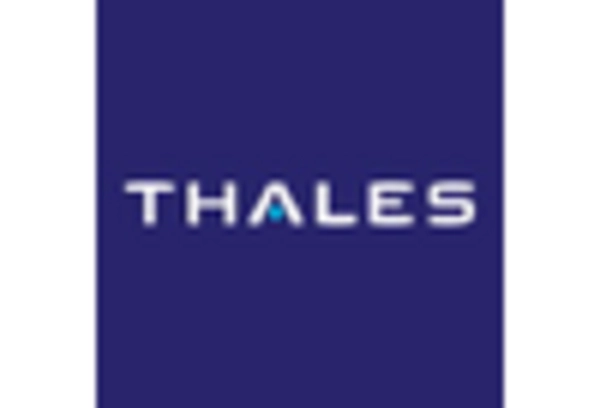
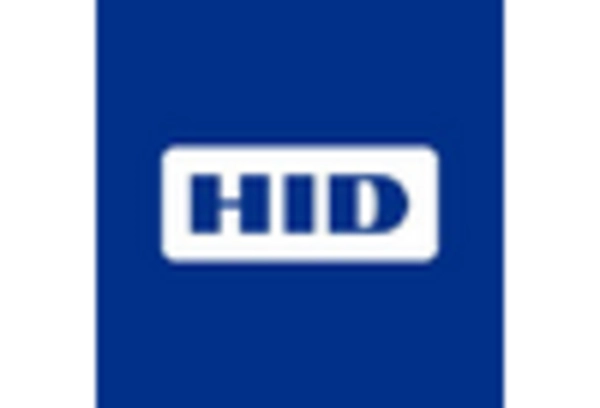
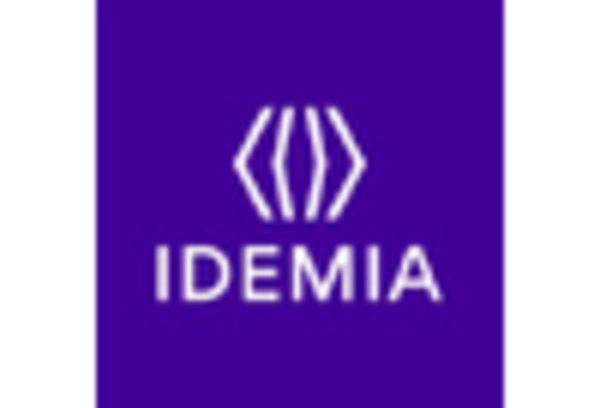
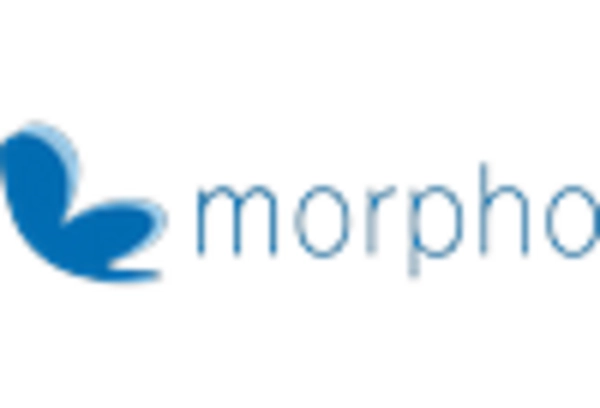
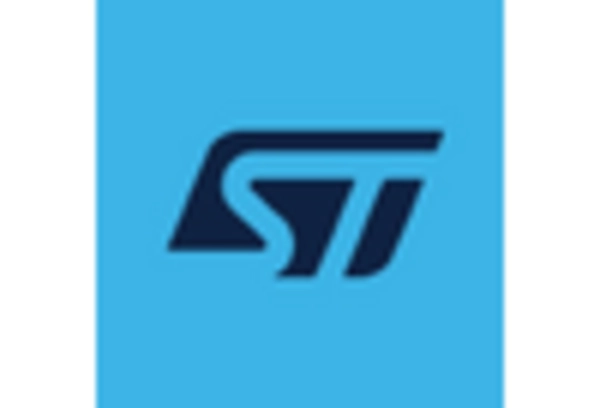








Leave a Comment